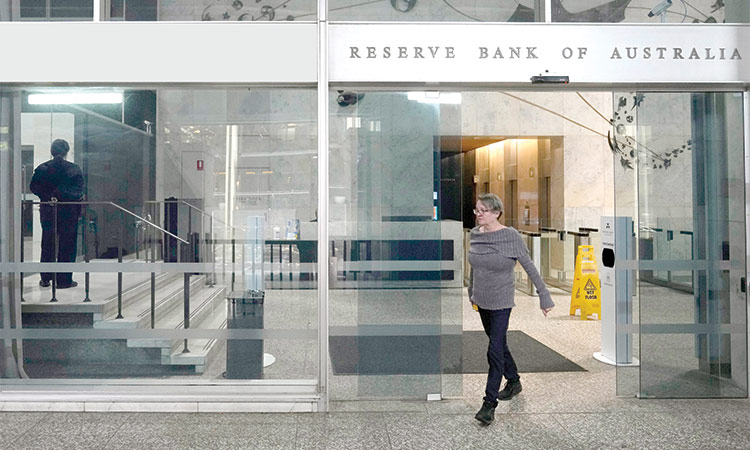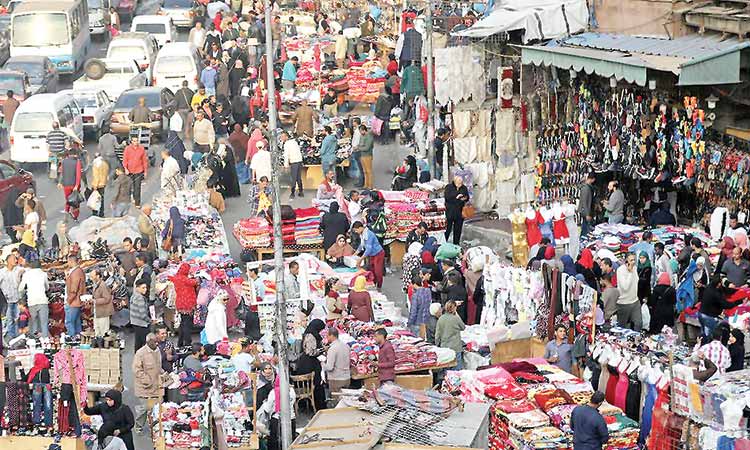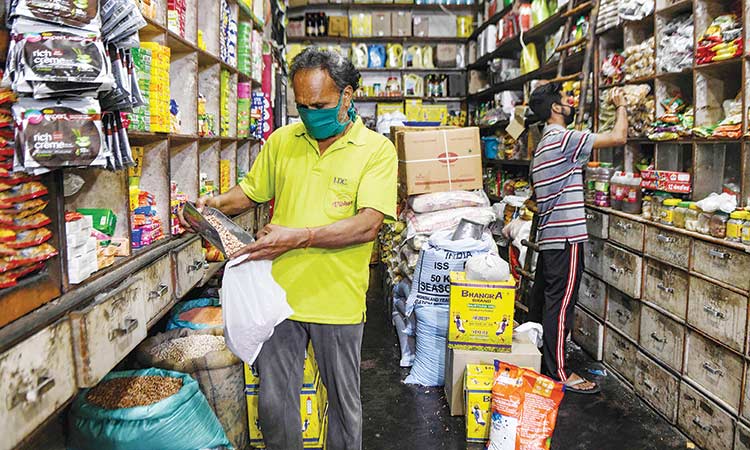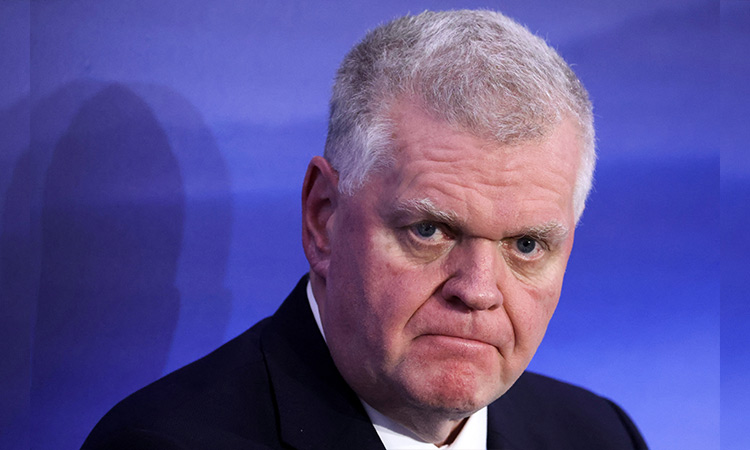Australia’s inflation expected to peak towards end of year: Official
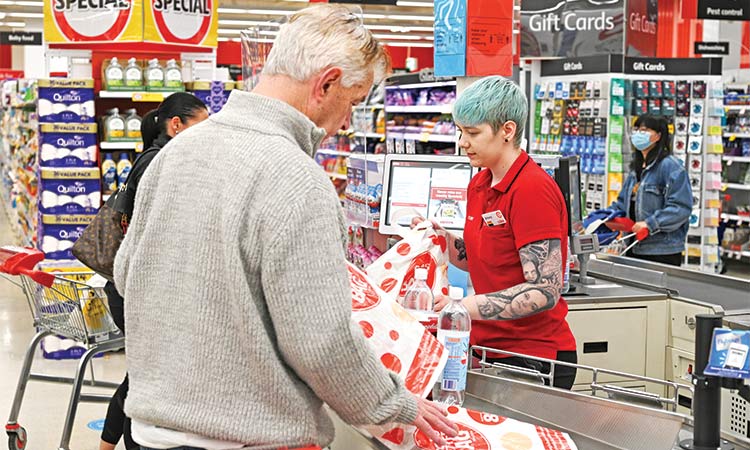
Picture used for illustrative purpose only.
Jim Chalmers, who will on Tuesday night hand down his first federal budget, on Sunday said inflation is the primary influence on this budget, which guides the approach to cost of living relief, Xinhua news agency reported.
“On the current Treasury forecasts, inflation will persist for longer than we’d like,” he told Australian Broadcasting Corporation television.
Treasury forecasts inflation will peak at 7.75 per cent in December.
“This will be a family-friendly budget which recognises that our pressures on the economy come from around the world, but they’re felt around the kitchen table,” Chalmers said.
As a result of inflation, government spending on social security payments including the pension is expected to be about 33 billion Australian dollars ($20.8 billion) higher than previously forecast.
Earlier this week, the treasurer confirmed the ongoing flooding in Australia’s southeast will harm the country’s projected economic growth.
Thousands of homes and businesses have been affected by the floods, and the treasury forecasts the floods will drive the price of fruit and vegetables up by 8 per cent over the next six months.
Chalmers said the key elements of the strategy have two parts.
“First of all, how do we get wages moving again in this country, and the budget will be about that,” he said on Sunday.
“But also how do we help inflation moderate over time. You do that by making sure your cost-of-living relief is responsible and that your investments in the economy don’t push up inflation.”
A new monthly measure of Australian consumer prices showed recently that the annual inflation eased slightly in August from July thanks to a steep drop in petrol prices, offering hope cost of living pressures might be close to a peak.
Australia’s central bank recently surprised markets by lifting interest rates by a smaller-than-expected 25 basis points, saying they had already risen substantially, although it added that further tightening would still be needed.
Wrapping up its October policy meeting, the Reserve Bank of Australia (RBA) raised its cash rate to a nine-year peak of 2.60 per cent, the sixth hike in as many months which included four outsized moves of 50 basis points.
The bank had recently flagged a possible slowdown in the pace of hikes at some point. But markets had wagered it would go by half a point this week in part due to an aggressive Federal Reserve rate hike last month.
“The cash rate has been increased substantially in a short period of time,” RBA Governor Philip Lowe said in a statement.
“Reflecting this, the Board decided to increase the cash rate by 25 basis points this month as it assesses the outlook for inflation and economic growth in Australia,” he added. “The Board expects to increase interest rates further over the period ahead.”
Investors took the local dollar down 0.8 per cent to $0.6465, toward its recent 2-1/2 year trough of $0.6364.
Interest rate futures jumped as the market priced in a likely lower peak for rates, under the 4.0 per cent previously expected, while three-year bond futures were down a steep 42.5 ticks at 96.750.
“It sends quite an important signal about the pace of future hikes... when you drop down a gear now, while most of the globe is still doing much larger hikes,” said Su-Lin Ong, head of Australian economics at RBC Capital Markets.
“The discussion now is going to be zero or 25 for the next few meetings.” Markets have been taking their cue from uber-hawkish central banks abroad, where hikes of 75 or 100 basis points have become almost common. However, Lowe cited a deteriorating outlook for the global economy as a major uncertainty, along with the response of Australian households to sharply higher borrowing costs.
The cautious tone was echoed by Treasurer Jim Chalmers in a news conference after the RBA’s move. “The weight of opinion around the world is that the global situation has gotten much worse, even in the last few weeks,” he said. Chalmers is finalising his first annual budget for release later this month after winning election back in May, and is warning it will contain some tough choices on spending.
The rate hikes already delivered will add around A$800 a month in repayments to the average A$620,000 mortgage, a deadweight for a population that holds A$2 trillion ($1.3 trillion) in home loans. House prices have also slid for five months in a row, led by big drops in Sydney and Melbourne. That drop combined with losses in pension funds cut A$484 billion from household wealth in the three months to June, and an even larger decline is likely in the September quarter.
